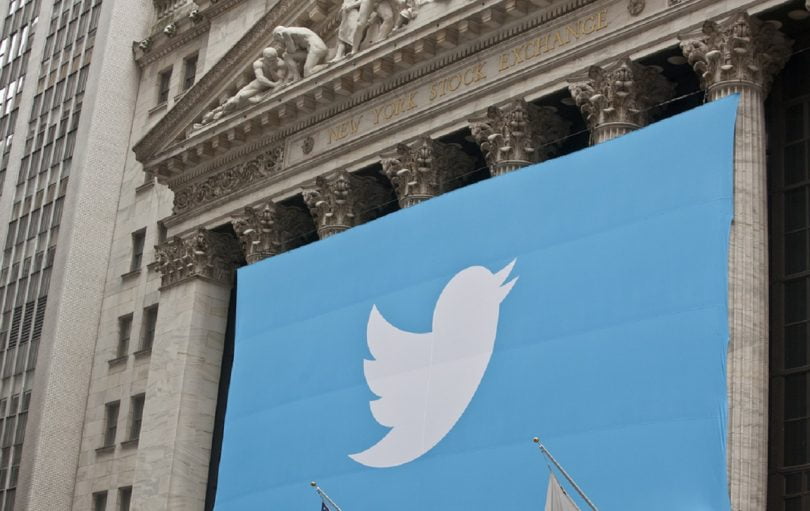Ten years ago today, Jack Dorsey composed a message that started a revolution. It was 140 characters in length, and would significantly have an impact on how we communicate, and, most importantly, how we consume media. It was a simple message, and would change the business of social media forever.
just setting up my twttr
— Jack (@jack) March 21, 2006
At the core of its founding was staying in touch with your mates, however as spotlighted in a 2013 segment on the BBC’s Newsnight programme, it caused friction between Dorsey and the other co-founders, Biz Stone, Noah Glass and Evan Williams.
As the years progressed, and more attention came to the social network, people were trying to figure out its purpose. What originally was the mission of staying in touch with your mates in these 140 character messages became a livewire of information from across the UK and around the world.
Key events took place through Twitter, from the Arab Spring in which leaders in Egypt, Tunisia and Libya were ousted as videos and images of public protests circulated around the world, to protests on the rise of tuition fees.
They lied to us. It’s time to vote out the tuition fee pledge breakers http://t.co/P1eCam0R4N #GenerationVote #GE2015 pic.twitter.com/FoXQCR7CwW
— NUS UK (@nusuk) April 16, 2015
Alongside were general elections, football matches, and many editions of The X Factor, Scott Mills’ Innuendo Bingo, and the programme that is known simply by its hashtag – #GBBO.
The importance of information
Journalists and news organisations recognised the importance of informing people and flocked to the platform in the hope of engaging new audiences, not just through original content, but also content online and on other platforms, be it the next day’s newspaper or an upcoming radio programme.
Yet, for them, it was more than just informing new audiences in bitesize content. At the same time, there was potential for them to help form their stories, reaching out to sources for interviews and information.
It is a custom that is used in journalism today. Yet while it is a different platform, the rules for journalism on the platform are the same like any other – ensure the story is correct, accurate and impartial, and ensure everything is verified, something that is important to remember in the social media age.
Journalism: Here to stay
It is clear that journalism in the 21st century has been influenced by Twitter. Now, as the social network tries to figure out its next steps, there is the potential that journalism could perhaps save Twitter from decline.
Dorsey, now chief executive, has been trying to expand the number of users as user growth declines, much to the chagrin of investors in the United States. Twitter currently has 320 million active users globally.
At the core of Dorsey’s plans is journalism, front and centre, courtesy of Moments, introduced late last year and launched in the UK just before Christmas. Moments consists of curated content on the day’s events, through tweets linking to articles from news organisations as well as observations from other users, in the hope that this will encourage users to sign up to the social network and join the conversation.
Twitter launches #Moments. This is what they have to say about it https://t.co/8qLiJ8S9BH
— BBC Newsbeat (@BBCNewsbeat) December 15, 2015
It is unclear if Moments can have a significant impact on Dorsey’s goals, but it emphasises the importance of the relationship between journalism and Twitter itself. However, one thing is certain, the 140 character trademark that allowed the social network to become a livewire is staying. In an interview with US television on Friday, Dorsey confirmed that 140 characters would remain the limit.
‘It’s staying’ – Twitter CEO Dorsey on tweets’ 140-character limit: https://t.co/PZTz7s3d5y pic.twitter.com/KCg1LFEWXq
— Reuters Business (@ReutersBiz) March 18, 2016
Journalism is changing right before our eyes, and at the core of its change is how it’s working on other platforms, including Twitter. Twitter has changed how we think about journalism, and how it can work better, not just for those who work in journalism, but for those who consume it.
It also showcases something else – the platforms may change, but there will always be a need for people to make sense of the events of the world. Journalism will always be a necessity, not an inconvenience, and for Twitter’s future, that is worth putting front and centre for all the world to see.
What do you think? How has Twitter changed journalism? Have your say in the comments section below.









